Rent
ProLift offers daily, weekly, and monthly rentals. Find the right equipment for maximum productivity and safety.
ProLift offers daily, weekly, and monthly rentals. Find the right equipment for maximum productivity and safety.
Used forklifts with warranties and a 30-day exchange guarantee, plus as is and wholesale equipment options.
Explore leasing, ownership, and rental purchase options for equipment and other warehouse solutions.
Reimagine your warehouse and increase your storage capacity! CAD drawings included.
Reimagine your warehouse and increase your storage capacity! Submit your request for quote and a warehouse solutions consultant will reach out to schedule a site visit.
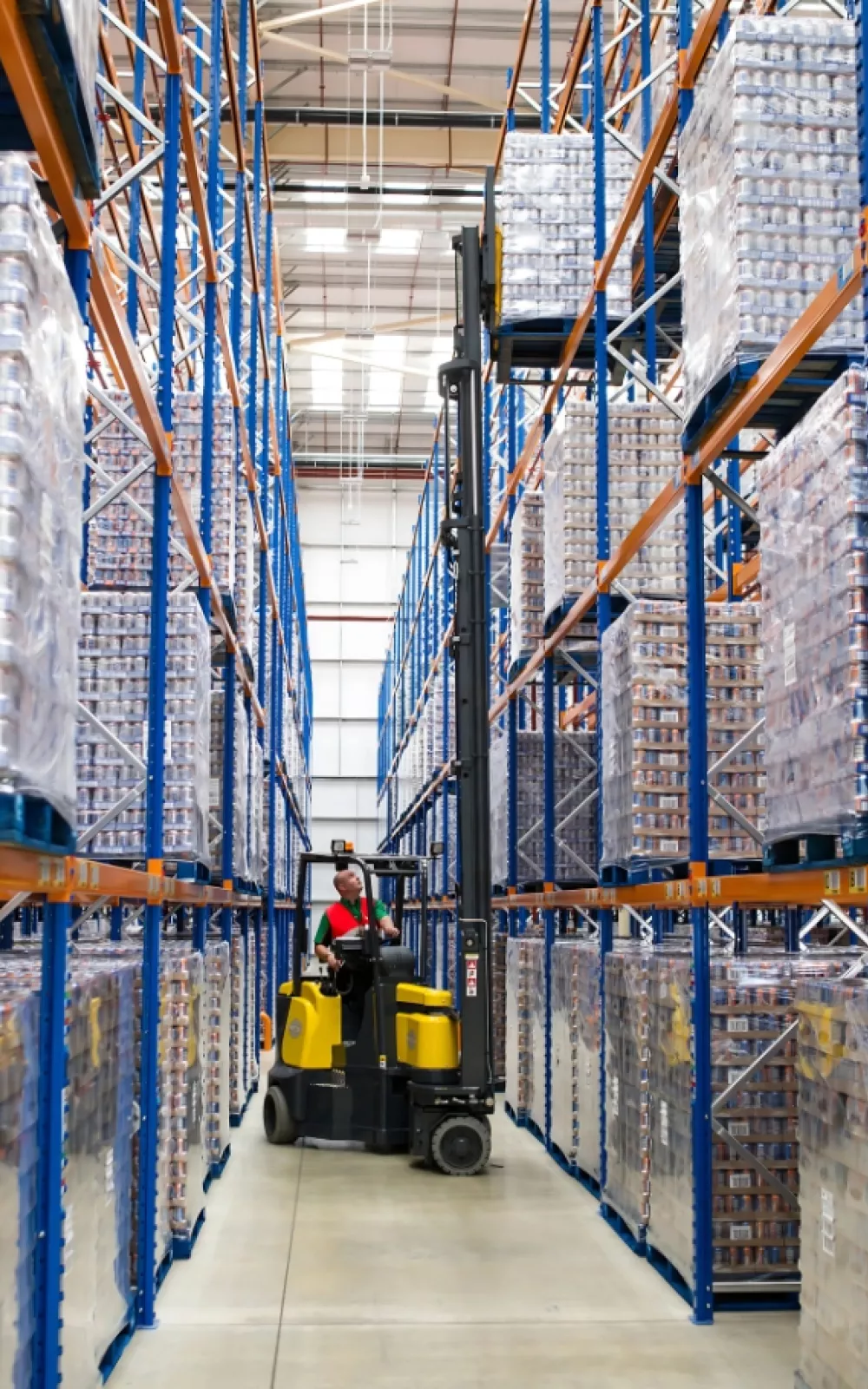
Minimize downtime when you schedule our mobile tire truck for on-site tire pressing.
Minimize downtime when you schedule our mobile tire truck for on-site tire pressing. Our parts team will reach out soon!
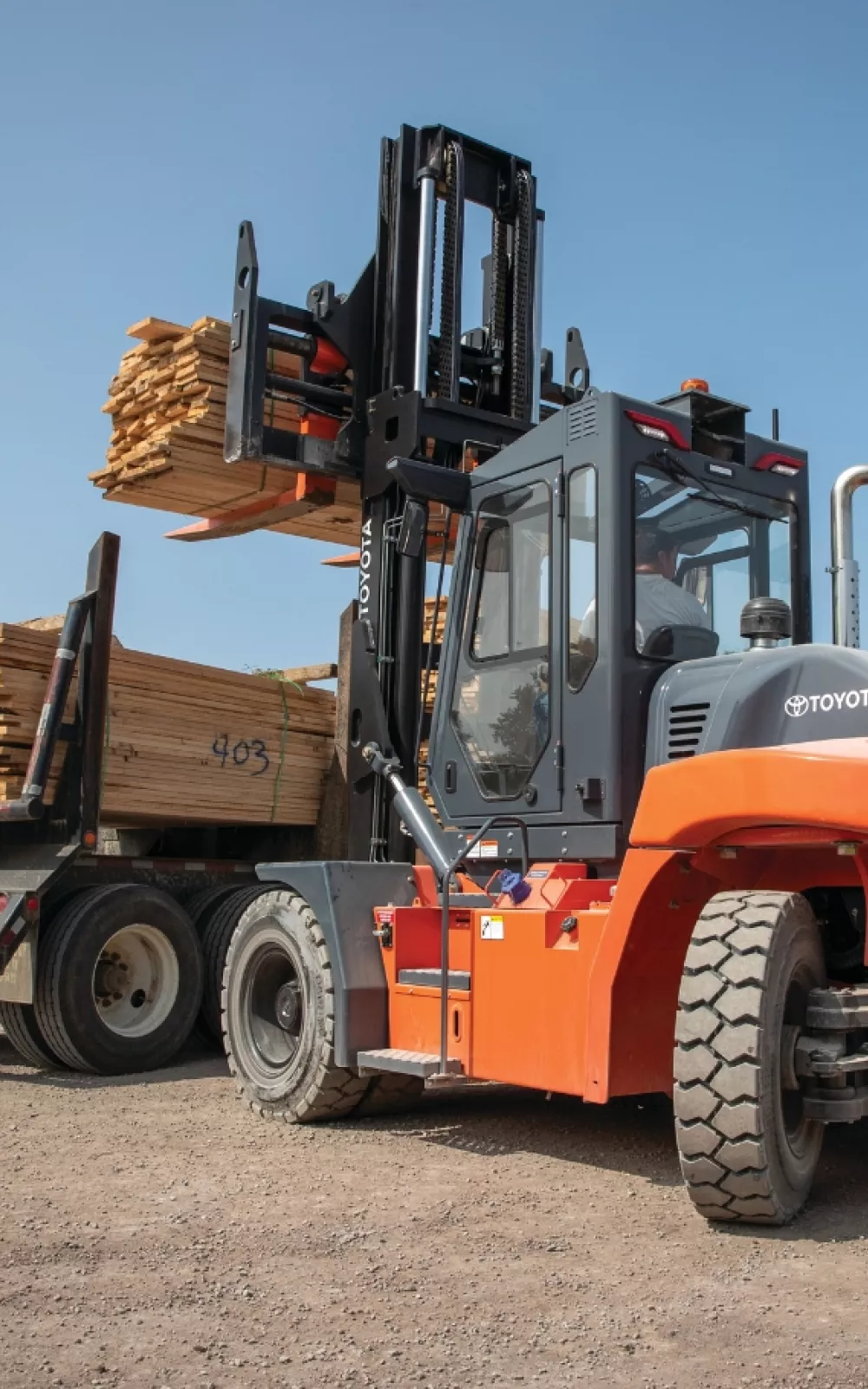
Keep your equipment on a maintenance schedule to stay ahead of needed parts and service.
ProLift offers four maintenance programs to fit your productivity and budget. Schedule a site survey and quote with a sales consultant.

Let us know how we can assist you! A ProLift specialist will connect with you to help with your material handling needs.
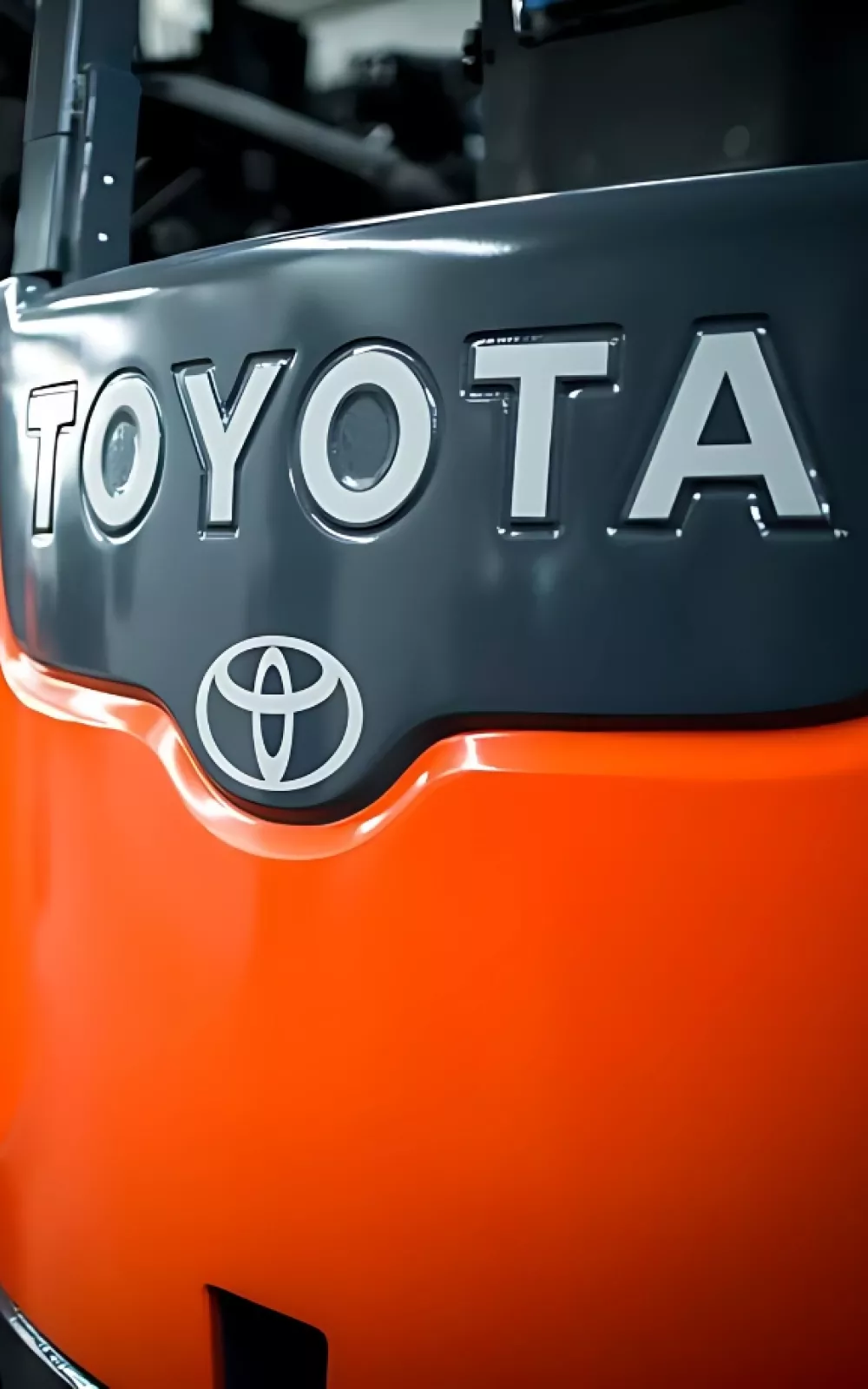
Let us know how we can assist you! A ProLift specialist will connect with you to help with your material handling needs.

Managing forklift travel speed is crucial for balancing safety and productivity in your facility. Explore the benefits of speed control solutions, impact management tools, and operator profile systems that can enhance safety while maintaining efficiency. Understand the steps needed to assess your facility's unique requirements and improve accident prevention strategies.

Unless you’ve communicated a specific forklift travel speed to the dealer, equipment comes from the manufacturer to your facility at a preset speed based on its model; however, the preset speed may not match your production or safety goals.
To address the most common reasons for speed adjustments on forklifts, most customer requests involve reducing speed, often following an incident at their facility or a nearby company. Some forklifts lack built-in speed control features, prompting customers to seek dealer assistance for adjustments.
The typical target speed for such changes is around 5 mph, especially in areas shared by pedestrians and forklifts. However, this change can impact productivity and must be balanced against daily output goals and operator comfort, particularly when working outdoors where slower speeds may increase exposure to the elements.
While speed can contribute to forklift accidents, other factors, such as visibility, often play a larger role. Visibility challenges arise when operators and pedestrians struggle to see each other, sometimes due to racking or when pedestrians are too close or in a blind spot.
Understanding operators' production goals, issues with the forklift, and their training history is essential for better safety management. Accidents often prompt discussions about additional safety measures like speed limits, pedestrian lights, mandatory safety vests, and awareness-building safety posters.
To manage forklift speed effectively, several options are available. Speed control kits can be installed for on-site adjustments without dealer assistance. Impact managers, which log the impact details and activate an alarm, render the forklift inoperable until a supervisor resets it with a code. Speed management systems can also control operator access profiles, limiting use to authorized forklifts and adjusting speed automatically based on location. Assessing how forklift speed affects both productivity and safety at your facility, along with reviewing past incidents, helps inform necessary improvement actions.
Search our online catalog for ideas to enhance safety at your facility. ProLift can also support your safety training efforts with classroom and hands-on instruction.
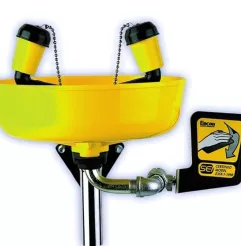
ProLift offers a selection of safety training materials for your internal forklift programs. Make your classroom preparation easier with video training kits, daily inspection checklists, lock-out/tag-out kits, operator wallet cards and more.
From equipment and maintenance to replacement parts and safety training, ProLift offers you 360 support. We can also assist you with pallet racking and additional warehouse solutions. Let us know how we can help!
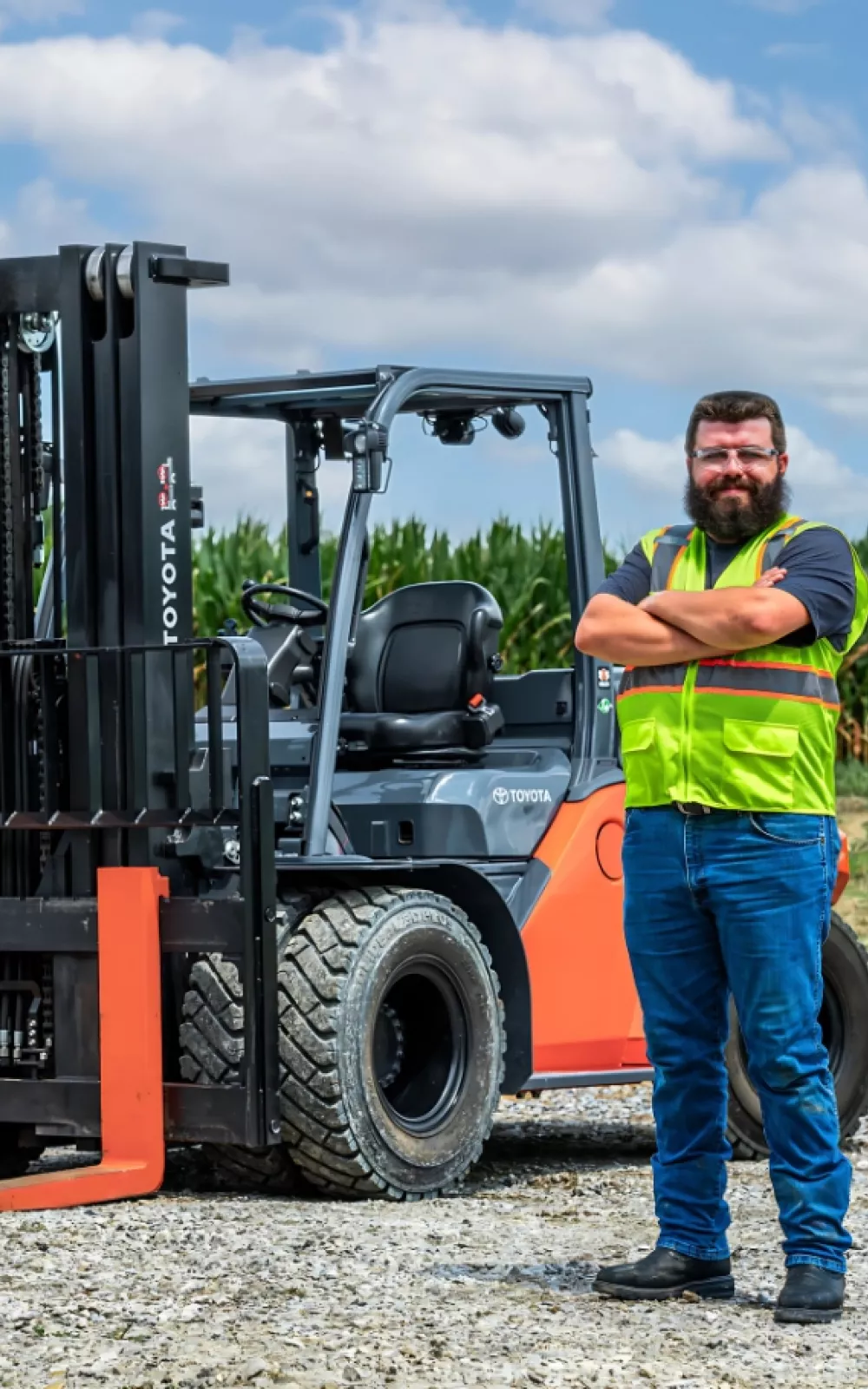
Let us know how we can assist you! A ProLift specialist will connect with you to help with your material handling needs.
